page 6
Progressive Thinkers as of 5/8/2020
|
| ||||||||||||||||||||||||||||||||||||||||||||||||||||||||||||||||||||||||||||||||||||||||||||||||||||||||||||||||||||||||||||||||||||||||||||||||||||||
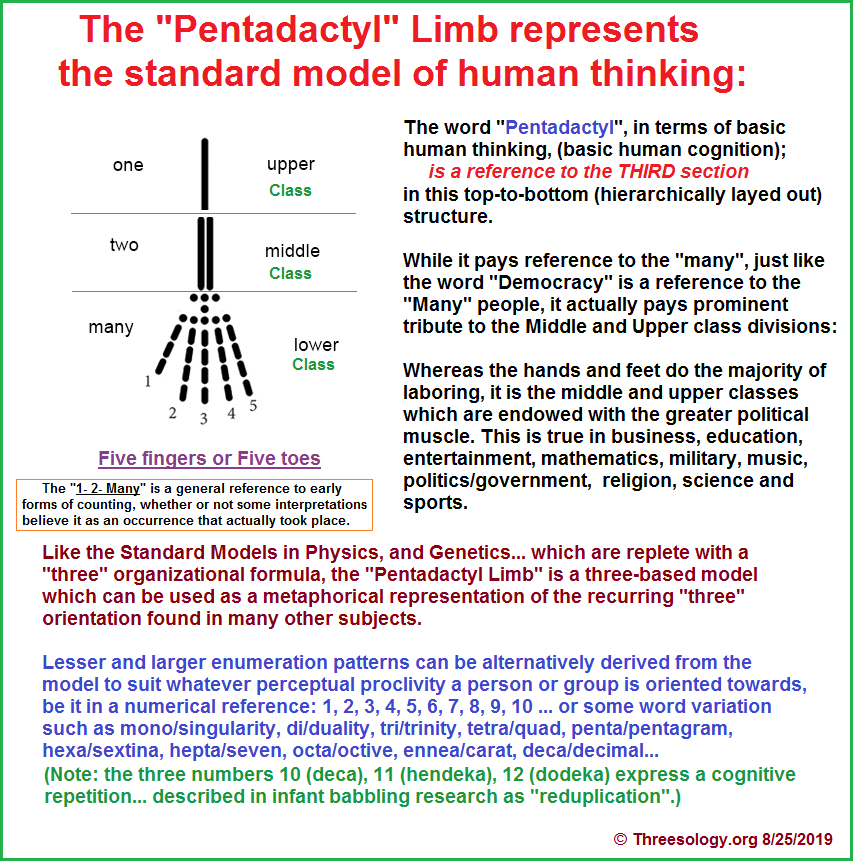
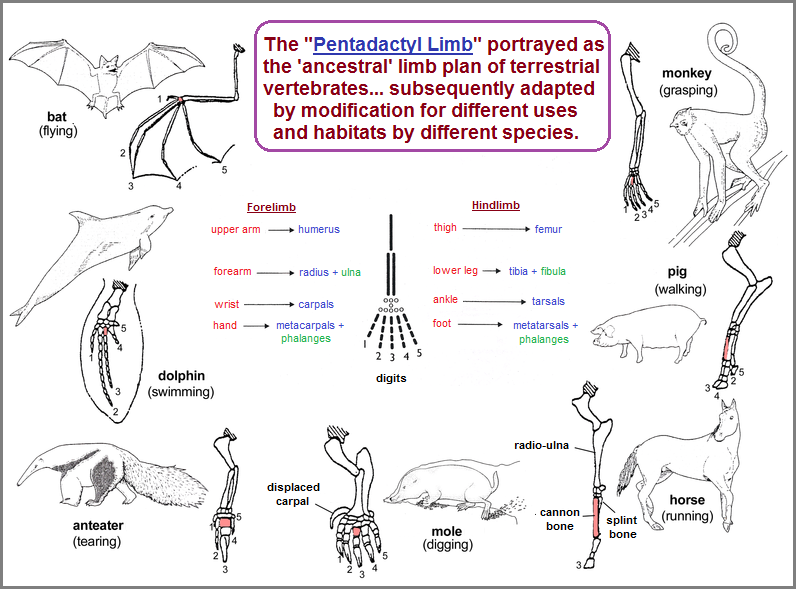
In the above (1st) illustration, three "languages" (and/or writing scripts) are being provided. Anatomy, Sociology, and an early Counting theme suggested as a three-patterned One- Two- Many. This image, being offered as a model of a suggested Standard Cognition... or common way of thinking; though some readers may not initially see the image as a representational metaphor or analogy. The idea of a hierarchical scheme coupled to a basic enumeration may be argued against by some readers because they do not see... for example, the three directions of a chess board (horizontal- diagonal- vertical) as being hierarchical nor conveying a numerical sequence of preferentiality, though if they play chess they know doubt may use one direction more so than the others in a preferential order without realizing it. They may think they don't, but if their choices of moves were mapped out over time, a clearer profile of their mental activity could be seen to exhibit preferential treatment for one move over the others in a sequential order that could be analyzed numerically. This is true even if one does not think they engage in any tripartite formula of thinking on a day to day basis. For example, they might want to claim they have a preference for the two-patterned Yin/Yang model of perception and overlook an incorporated grey or middle area in their thought processing which may be labeled with such a word as moderation, exception, alternative, etc...
Imaginatively, though we have come to recognize the similarity of structure between different vertebrates, we can interpret the layout of the bones as:
- A primitive artistic expression
- A primitive mathematical or arithmetical equation/formulation
- A primitive and cryptic (coded) language. (For example, The "dots" and "dashes" of the bones are like a form of Morse code, with the dashes being more prominent in this instance.)
However, just because I have illustrated three alternatives, does not mean the reader should be limited to this quantity. They might in fact increase the list by adding a perspective from their own inclinations such as music, geological stratification, chemical interactions, etc..., wherever and however a pattern may occur in their particular interests.
When I say imaginatively, I suggest a reinterpretation of the known perceptions such as viewing the passage of the sun as a type of Morse code expression. In this case, the points of dawn, noon and dusk are the dots and the intervals in between are the dashes. In this instance, we have a dot dash dot dash dot. This refers to the "end of message" statement. Taking it a bit further and applying a religious interpretation, we have a circumstance in which the one god is providing the statement that all has been said under the circumstances which humanity lives in the context of earth, the solar system and the present galaxy. However, this does not mean that elsewhere in the Universe God is not speaking again. We need only to leave this little village of space that we occupy in order to receive an enlarged message. It is a pilgrimage that enlightened theologians no doubt have a sense about but may not have articulated their impressions because the religious context under which they routinely follow keeps their sensitivities and sensibilities from being immersed in the expressions of the distant call meant to be heard by them because they are enabled to hear if they choose to listen. Though this world has provided a message, and that message is suitable for living out a life span for the species under the context of the Earth, a far larger, deeper and more meaningful message awaits those who are willing to take the journey beyond those thresholds, territories and points of no return which were experienced by Buddha, Jesus, Mohammed and various intellectual disciplines whose courage and curiosity helped them to embrace a far greater understanding that god's message on Earth has ended and what was previously said is only being repeated from one generation to the next. Revelation for those on Earth, is but an individualized Eureka! moment of coming to terms with an appreciable realization that someone finally grasps the meaning of a previous message, and is falsely interpreted to mean that it is a new message from god. It is merely that a person has finally come to grasp an old message and not actually received a new message. While it is new to them, it is not a new message from god since the messages of god has ended and what is coming to be known by the next generation is the individualized reconstructed interpretations of others in their realization of the old messages.
The analogy between the three-patterned Pentadactyl limb layout with the traditional social classes theme and an early counting consideration, is akin to the three translation models mentioned on the first page, namely the Rosetta Stone, Behistun rock cliff Inscriptions and the Galle inscription. But the usage of multiple languages in all subjects is a common characteristic of human interaction even though the word "language" has gone far beyond mere vocal utterances or transcripted symbols representing words commonly referred to as language. In other words, we find that 'language' extends to the usage of mathematics, as well as other number-related patterns and other symbols as well as non-verbal or non-graphically symbolized gestures. However, the many languages of human behavior are not customarily exhibited in clear form. Emotions, mixed emotions, personal experiences, person aptitudes, physical abilities, etc., all contribute to how one is enabled or disabled to articulate what they may want to say, or even think they want to say, though very many expressions are little more than the act of mimicry... of repeating what one has heard and/or seen.
Like children with a limited vocabulary or an adult whose vocabulary is a constrained vernacular representative of a particular environmental setting, our usage of perceptions is likewise conserved. However, this does not necessarily limit what... if any... insight and thus knowledge can be derived from an expression of generality that comes to be applied in one or more specific ways. Not only does the foregoing image portray three different languages, so-to-speak, but also a basic profile in which there is a commonly used mental organizational formula, whether or not a given context actually has a pattern-of-three. For example, the concept of there being three social classes (despite those who claim more or less) is a pattern similar to the notion that there are three human races, even though the reader may want to argue there are more or less racial profiles. The fact remains that the human mind used the configuration of "three" as a recurring cognitive measurement tool. For example, someone might want to provide multiple names of races while another might simply claim everyone belongs to the human race. Hence, we have those that use a pattern-of-three, others use a less numerical value and still others a larger numerical reference. This too is a pattern-of-three and exhibits yet another conservation of human thinking.
- Pattern-of-one: There is only one race and that is the human race.
- Pattern-of-two: Men and Women represent two races. (This is a tongue-in-cheek example.)
- Pattern-of-three: There are three races (all others are different mixtures thereof): Asian- Caucasian- Negroid.
- Pattern-of-many: All variants of human genetic mixture are counted separately. Which begs the question, so..., how many mixtures are there?
We can have a single race expression. Two races expression. Three races expression, and then variations of the mixtures themselves according to some percentage ranging from zero to 100 percent.
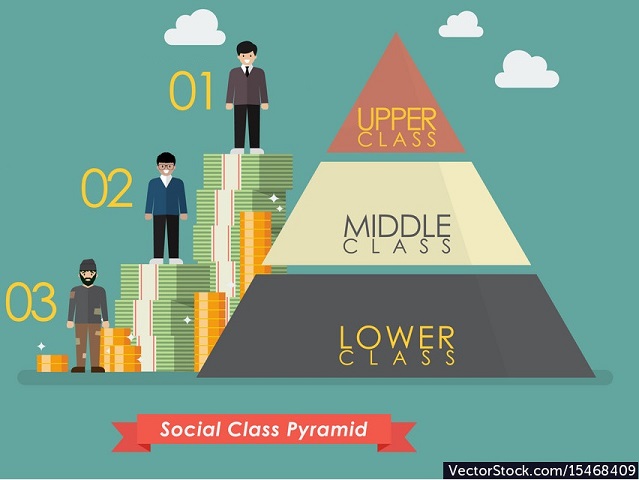 |
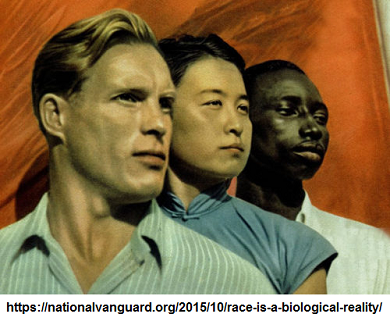 |
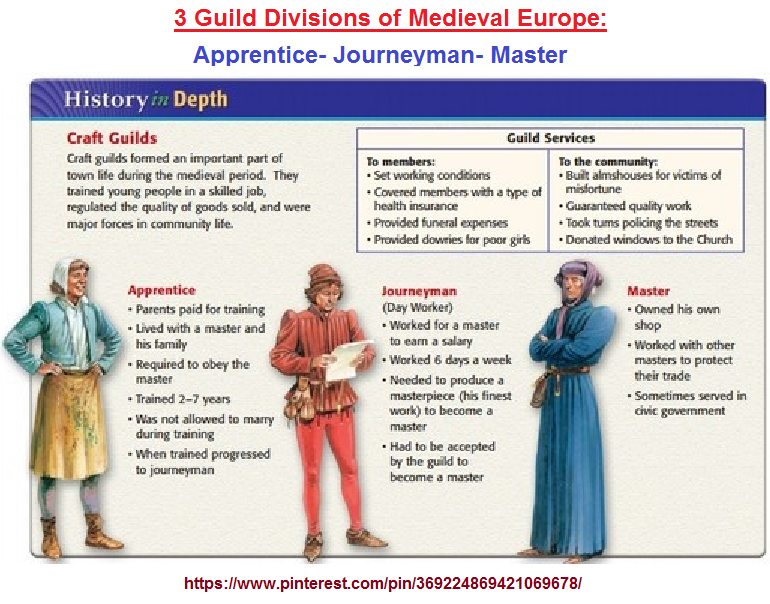 | |
Three Kinds of Ideas by Descartes: According to Descartes’ (metaphysical study of being and
existence called) ontology, there are: These are understood relative to one another, in terms of ontological dependence. Modes depend on attributes, and attributes depend on substances. "Among my ideas, some appear to be innate, some to be adventitious, and others to have been invented by me. My understanding of what a thing is, what truth is, and what thought is, seems to derive simply from my own nature. But my hearing a noise, as I do now, or seeing the sun, or feeling the fire, comes from things which are located outside me, or so I have hitherto judged. Lastly, sirens, hippogriffs and the like are my own invention. (AT VII 37–8; CSM II 26)"Standford Encyclopedia of Philosophy: Descartes’ Theory of Ideas |
|
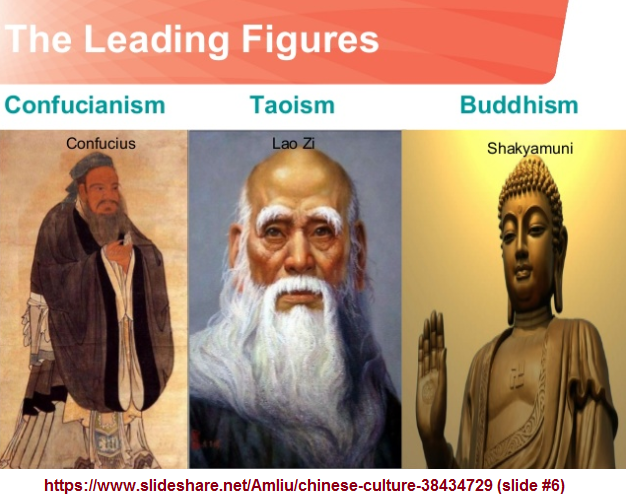 | |
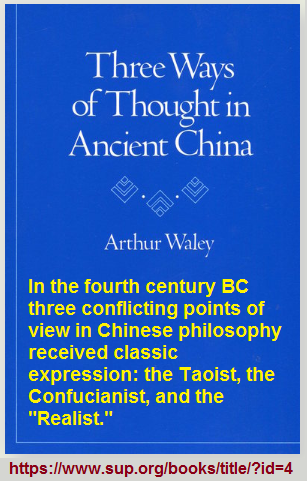
|
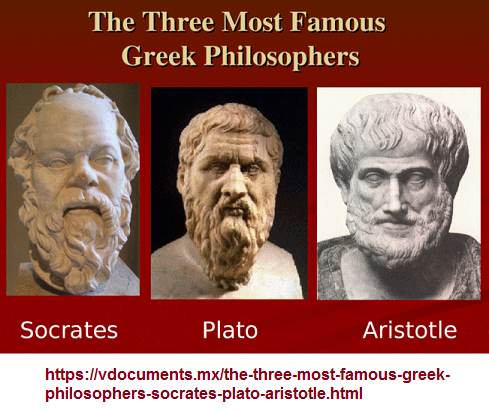 |
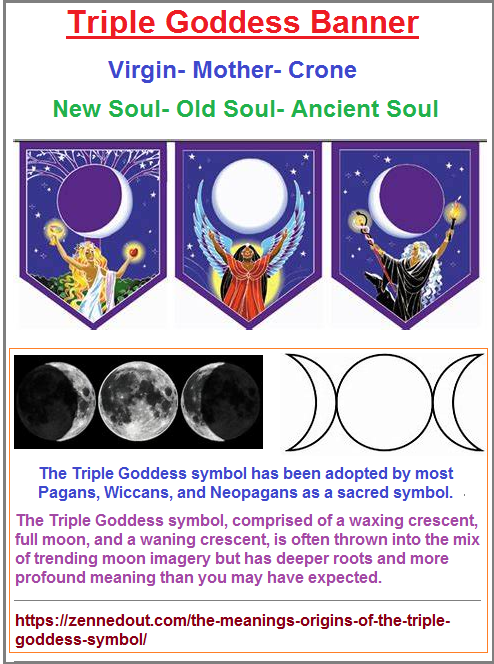 | |
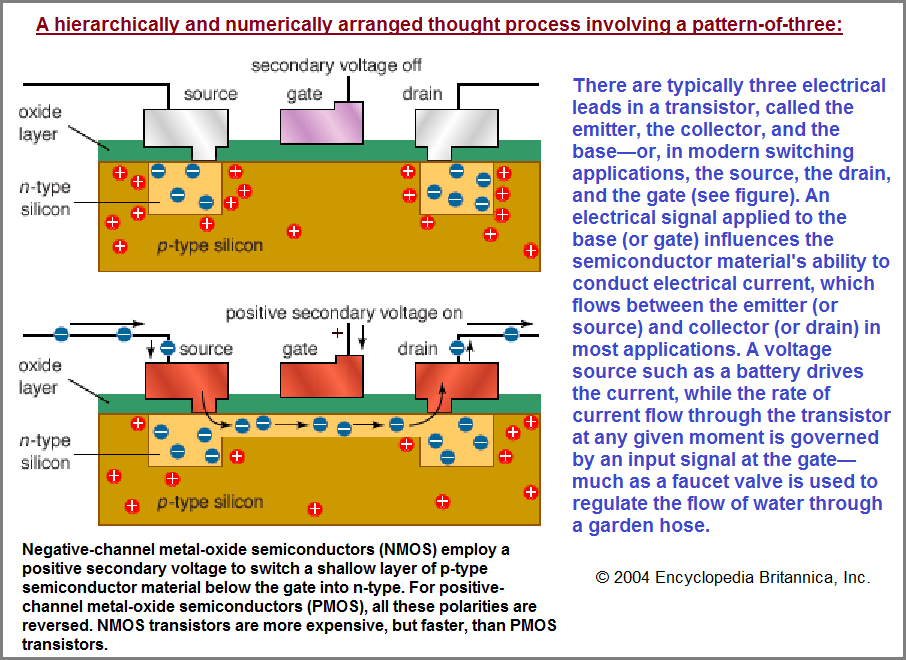 | |
Note: the idea of "traditional" social classes does not include those ideas prior to this in which differences amongst people may have be viewed in a two-patterned "us and them" profile, or even as a singularity in much earlier times when different groups where unaware of one another. In addition, the 3 human races image portrays the white individual in the forefront which may indicate the artist exhibiting a bias. In any respect, Asians are never placed last, but they may be placed first when the three are alphabetized in an Asian- Caucasian- Negroid order.
With respect to the 2-3-4 ensemble seen on page 14 of the Devil's advocate series, one might associate the notion of identifying language groupings according to the number of eyes. While some claim we have two eyes, some would claim that we have a third eye sometimes associated with the light sensitive pineal gland. Then again, we have the childhood reference of referring to someone as "four eyes" if they wear glasses. While many of us are aware of these three separate references, we are not accustomed to placing them into an ensemble. No doubt other ensembles might well exist that all of humanity overlooks. Nonetheless, the point to be made is that application of using the Pentadactyl limb as a point of referencing other ideas provides us with a skeletal framework over which human ideas are fitted like a three-patterned skin layer corresponding to the 1st, 2nd, and 3rd degrees of burn... or Epidermis, Dermis and subcutaneous tissue. Not only do we find multiple three-patterned ensembles in human anatomy, but we find the "three" idea applied to the notion of a Triune brain, though there is argument against the model proposed by Paul D. Maclean. Analyzing the falsity of genuineness of the model takes on another three-patterned ensemble related to simplicity, complexity, and that mode of appraisal in-between. In other words, those who argue against the triune model may claim that it appeals to people because it is simple (and therefore they are less critical thinkers), while they themselves are more astute in their analysis and are therefore more complex thinkers. Those whose analytical efforts are in-between these extremes, may or may not be referred to as lay or intelligent analysts.
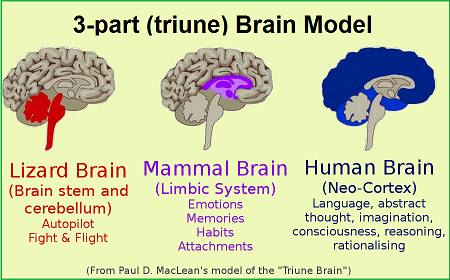
If we look at the types of neurons in the brain, we find they are designated as three. If we look at the coverings of the brain we find there are three. If we include the skull we have a 3-to-1 ratio. If we include a hat or scarf and an umbrella or roof of a building, we have additional coverings... though they might be viewed as three types of artificiality. Architecturally speaking, the body is covered by skin, by clothing and then typically a structure such as a building or vehicle or some other makeshift covering, if not a cave, tunnel, etc...
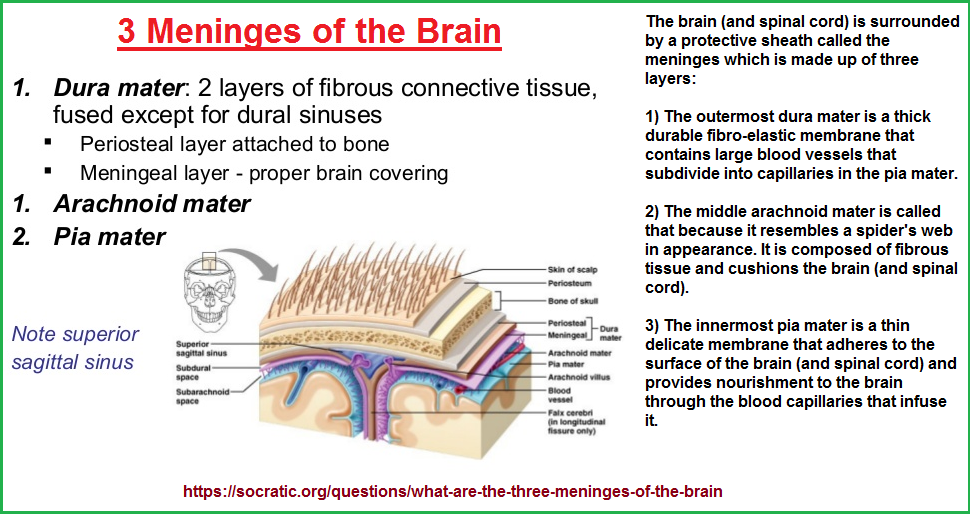
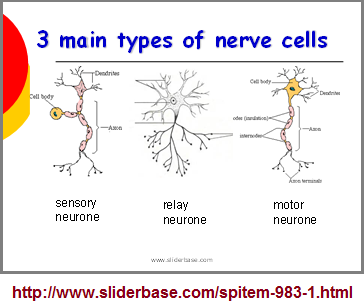
Note that the "3"-part brain model contradicts the observable 2-hemisphere model if one assumes the viewable two large sections of the brain correspond to internal functionality. Deeper and more extensive examinations yield alternatives to these two formulas including the 1-brain model if we simply look at the skull as a representative model. None-the-less,
If we stick with the above 'stick' model of the Pentadactyl limb, we might easily overlook the application of encompassing the figure in a respective box, which might well be visualized by some as a triangle:
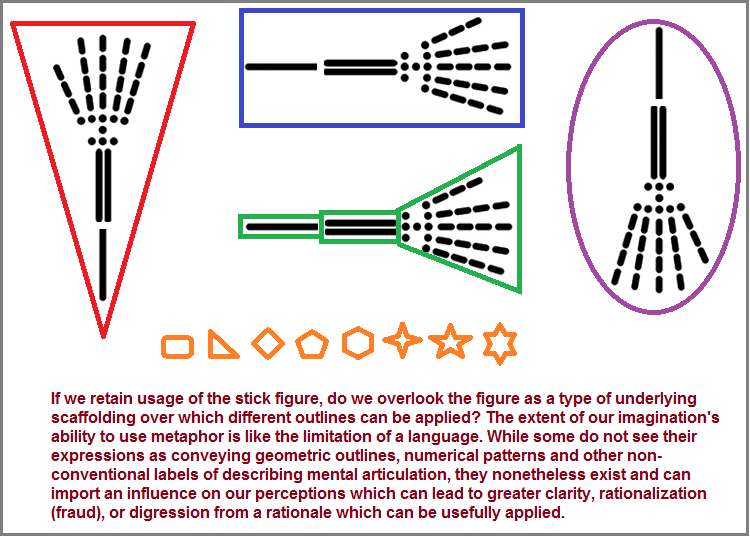
Does the stick figure represent an unrecognized outline?
If we had never seen a horse, dog, cat, etc., and then came upon a skeleton, would we be inclined to draw an outline close to the bones? Why is this configuration used most commonly if it is not another example of the ongoing conservation exercise being used by life forms on a planet undergoing an incremental deterioration? This does not necessarily mean that all environments produce the same profile in all body plans.
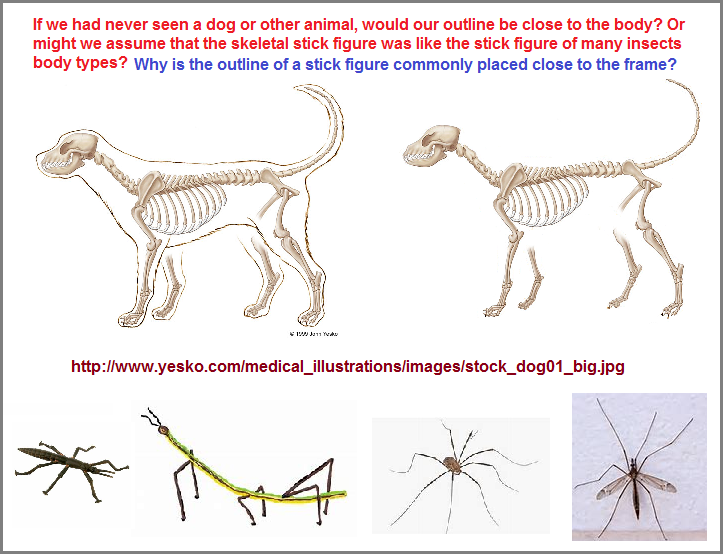
If we view bones as scaffolding for a structure, and then come upon a construction scaffolding without having a concept of scaffoldings being used as a tool to construct a building, one must wonder if the scaffolding itself would be viewed as the bones of a structure? In other words, if we were an anthropologist who also engaged in construction work without the usage of scaffolding but knew about framing; would the bones be imaginatively viewed as the framework of a structure? Yet if they had no previous knowledge of a life form with the skeletal layout of a human, how would they then view the bones with a covering? Would they reconstruct a person as we do by way of measuring the distance of skin and muscle from cadavers which helps some artists recreate an image of early hominids? But what if they had no knowledge of humans nor any models to exam? What sort of covering would someone put on the Pentadactyl limb if they had no knowledge of the types of creatures to which it applied?
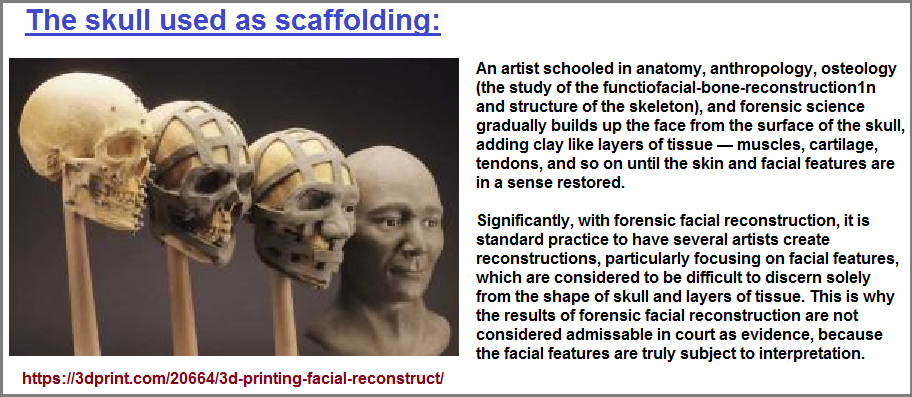
What sort of building would be built around a scaffolding if there was no knowledge of human designed structures? Instead of viewing scaffolding as a tool by which some buildings are constructed, what would we make of a scaffolding if there were no buildings nearby and we had no concept of scaffolding being used as a tool? Would the interpretation be different if the scaffolding were made of bone, of wood, a certain type of metal, or embossed with precious metals?
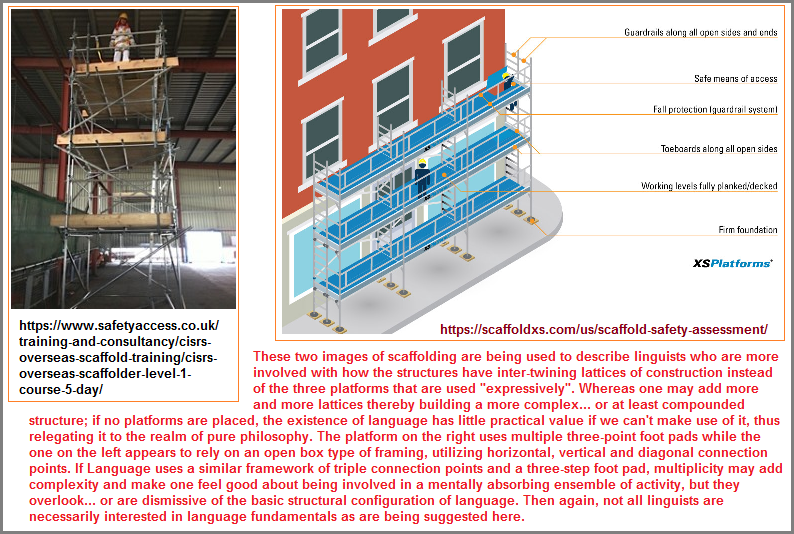
Whereas when we think of scaffolding, the idea of building blocks may come to mind in terms of genetics with respect to DNA, RNA, and Proteins. This may also bring to mind the word blueprint, architectural draft, template, formula, equation, sketch, listing, menu, arrangement, order, sequence, etc... If we apply the study of language to the conversation, we might say that language is a construct (construction). A sentence would then be a constructed structure put together by a scaffolding of words. If we then view the words as bones and the sentence or paragraph as the structure arising from connecting the "bones" together with various linguistic fasteners (world order, consonants, vowels, etc...) synonymous with nails, staples, glue, screws, bolts, hinges, etc., instead of using the terms muscles, tendons, veins, arteries, etc.; we come to realize that the notion of the Pentadactyl limb as a standard cognitive model is but a threshold through which one can step through to examine different subject areas from a broader perspective. Analogies abound.
For example, it is not uncommon for a doctor to use the analogy of wiring to help a patient understand the functionality of veins, arteries and nerves, on a very simplistic level. Yet the analogy is quite profound for some patients just as is the old usage of anthropomorphism when describing the front of a vehicle. In this case the two lights are two eyes and the grill is the mouth. The engine represents a primitive creature (one's vehicle) because it still uses a liquid diet (gasoline or diesel fuel oil), and has not evolved to the usage of solid fuel as does the human and other species in their development. Such simplistic analogies are what is keeping space travel in its infancy. The engineers are not thinking beyond the basic analogies and are simply trying to convince themselves that they are by adopting a vernacular which impresses them and convinces others they are thinking progressively. They are using language to camouflage the fact they are stuck in the muck in their thinking. They simply call the spinning of their wheels and the muck by different names in an effort to escape the realization that they are merely repeating themselves and others who have come before them... albeit with a different suit of clothes and haircut commensurate with the time period they live in. Likewise, the mathematics they are using is not providing insights nor providing the intellectual culture for broadening their imagination towards truly genuine original idealizations. While they may pat themselves on the back for being able to perform the mental gymnastics of advanced mathematics, it is a toy they share with a few initiates like a child that hoards a favorite doll, or similar "my" toy. Mathematics and chess are often used by those wanting to imagine their efforts of labored mental constructs have reached some pinnacle of intellectual success and position of dominance, like a child having stacked up blocks.
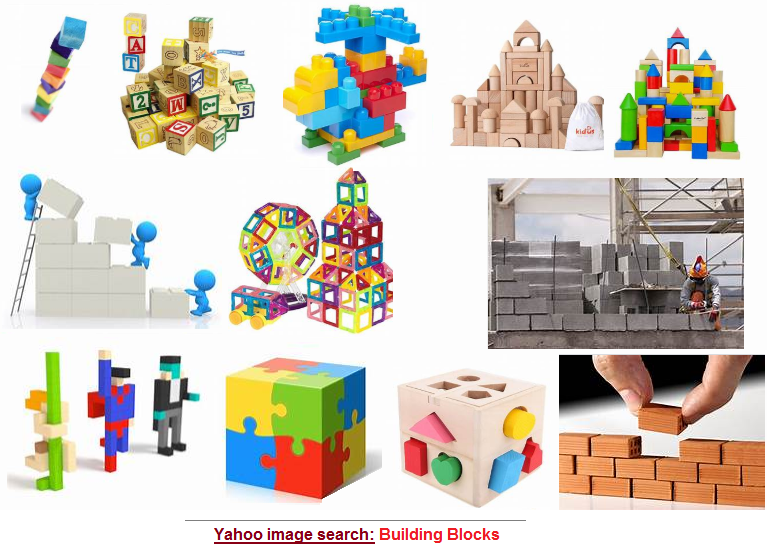
Looking at the Pentadactyl limb as a sketch, as a formula, as a blueprint, etc., is one way of interpreting it. Another way which has already been presented is that the variations seen in different species are different languages, different expressions, different exhibitions of the same cognition under different circumstances. Much like different computers with different processing speeds and different internet browsers where a given webpage may not be displayed exactly like. There are variations which may or may not suit the "visual tastes" of one or another person. And yet, what is the expression saying? Is it like the Rosetta Stone, Behistun and Galle rock inscriptions which describe commercial or social events for a given time, or is this inclination towards some anthropomorphic idealization an egotistically-based distraction from seeing that which it might actually be describing?
At face value we see similarity, but not exact similarity as would be the case with different scribes engaged in translating or re-writing a given text. This situation amongst old texts is well documented as a recurrence. We also have condensation, in the sense that the pentadactyl limb expresses a contraction such as the hoof of a horse. In some instances the middle, or third finger from either side of the hand is elongated. In other words, it is being emphasized as might be the case with a given inscriber who is biased towards a given theme and wants to highlight it. In short, what I am doing is looking at the different variations of the Pentadactyl limb as one would if looking at the content of multiple books that describe one or more events which occurred in different places at different times, but was visible to all... like multiple people describing a meteor shower, eclipse, plague, famine, war, etc... In other words, for the Pentadactyl limb "story" to have been retold in similar variations of a basic theme, the situation from which it occurred must have been a dominant influence and/or there were much minor influences which came to be disregarded. Unfortunately, the story-teller(s) which created the variations have caused humans to interpret the variations as being similar, but little more than this has been translated... if indeed there is a deeper translation to be made.
Along with variation of the basic theme from which the idea of a plot of construction might be derived, let us not overlook the persistent expression of deterioration of the story's cover... meaning skin, tendons, hair, etc. The story being told by the recurring Pentadactyl limb, is that there is repetition of expression like the reduplicated babbling of infants, or even stuttering. Conservation of effect (such as the length of fingers, etc.), may suggest a mutation in the genetic code so as to accommodate a recurring environmental scenario of deterioration. As a story being told again and again like a joke told with variation, one might want to ask why humans are repeating the same sort of interpretation of the Pentadactyl limb unless it is based on a commercialization in a similar manner to the regurgitation of stories being told on television, books and movies with variations played out by different actors and actresses with different costumes... but the basic story remains the same.
The basic structure of the Pentadactyl limb can be interpreted as a standard form of thinking found in different subject areas such as Sociology and early counting schemes. Indeed, if one would care to, the structure of the atom might well be portrayed in the form of a pentadactyl limb, though particle physics already exhibits its own variation of a Standard (cognitive) Model which utilizes a three-patterned theme, even in the usage of thirds to describe charges.
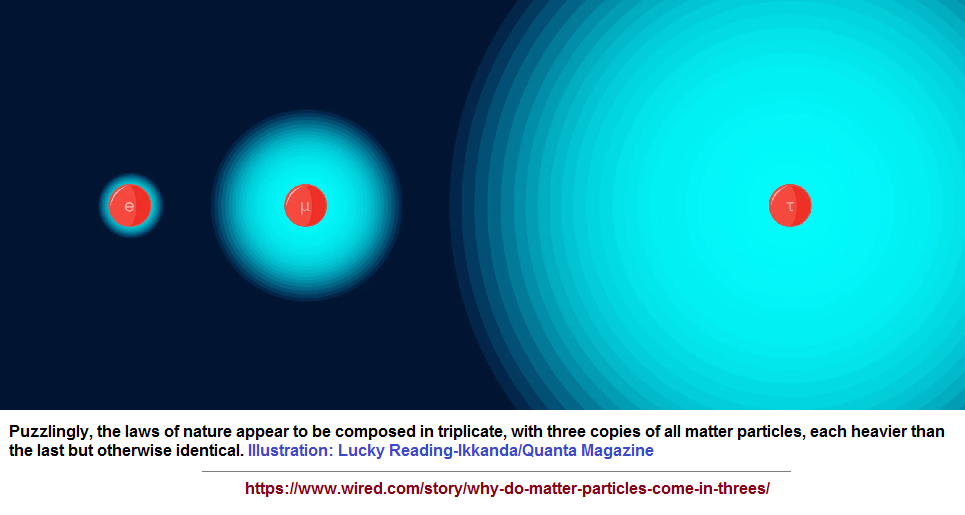
"All of the known matter in the Universe today is made up of quarks and leptons, held together by fundamental forces which are represented by the exchange of particles known as gauge bosons."
In other words: Quarks + Leptons + fundamental forces = (a pattern-of-three.)
And talking about a story theme: "The quark scheme was suggested by the symmetries in the way the many mesons and baryons seemed to be arranged in families. Theorists Gell-Mann and Zweig independently proposed in 1964 that just three fundamental "constituents" (and their anti-particles) combined in different ways according to the rules of mathematical symmetries could explain the whole zoo."
Source for quoted expressions: A Brief Introduction To Particle Physics by Nari Mistry; Laboratory for Elementary Particle Physics, Cornell University
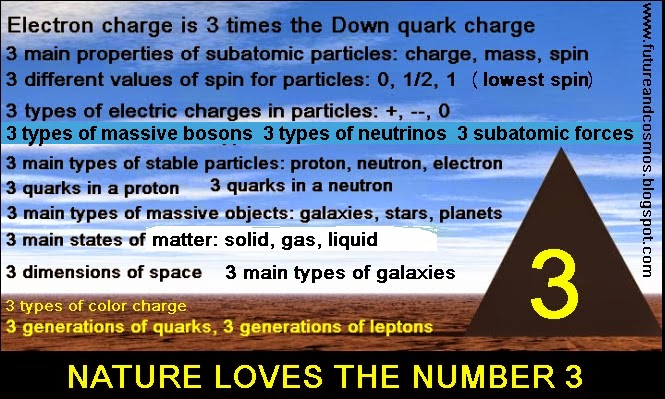
While the standard frame of illustration is to portray atomic particles in "shells" configured to a planetary model, it may be of value to revisit this old impulse used by antiquarians and apply our ideas to other basic cognitive models based on biology or anatomy since our brains appear to be more attuned to this channel. In other words, while it may appear to be logical to use a model derived from the cosmos as perceived from our vantage point on Earth, this may not be the best model consistent with the vernacular being used by our cognition under the conditions by which it originated. For example, if we come to assert that the recurring bi-pedal gait of humans has influenced the dichotomous thinking pattern, so too must we take a gander at revising other perceptions because they too coincide with a biological/anatomical recurrence. It does stand to reason that the recurrence of the pentadactyl limb structure may well have influenced the development of thinking as can be seen in the phantom limb phenomena. The loss of a limb has an image or sensation that remains like an echo. Surely the pentadactyl limb hierarchy and associated configurations has a similar influence and may thus be a mode of language to be used to provide greater clarity once the three languages are translated... or the correct languages applied in order for an enhanced translation to occur.
Date of Origination: Sunday, 17th May 2020... 5:45 AM
Date of Initial Posting: Sunday, 24th May 2020... 5:46 AM
Updated Posting: Tuesday, 2nd June 2020... 4:40 AM